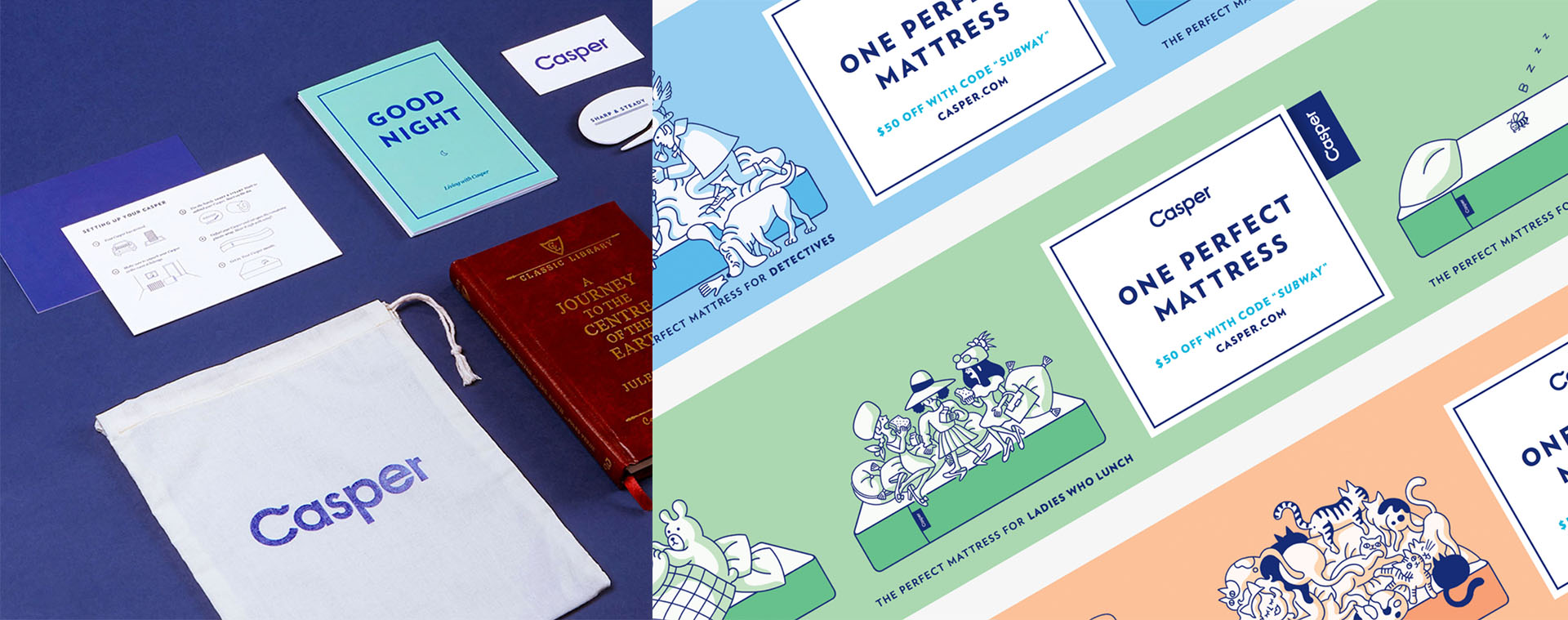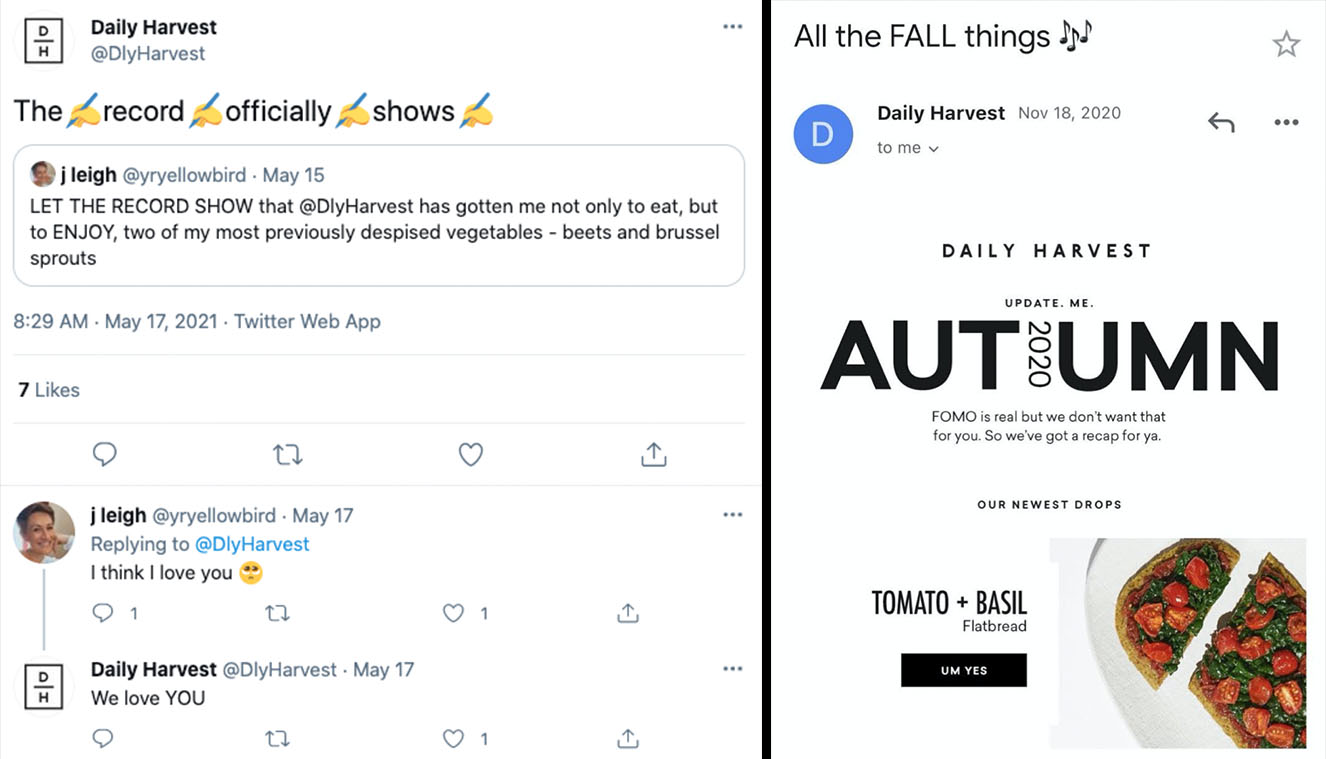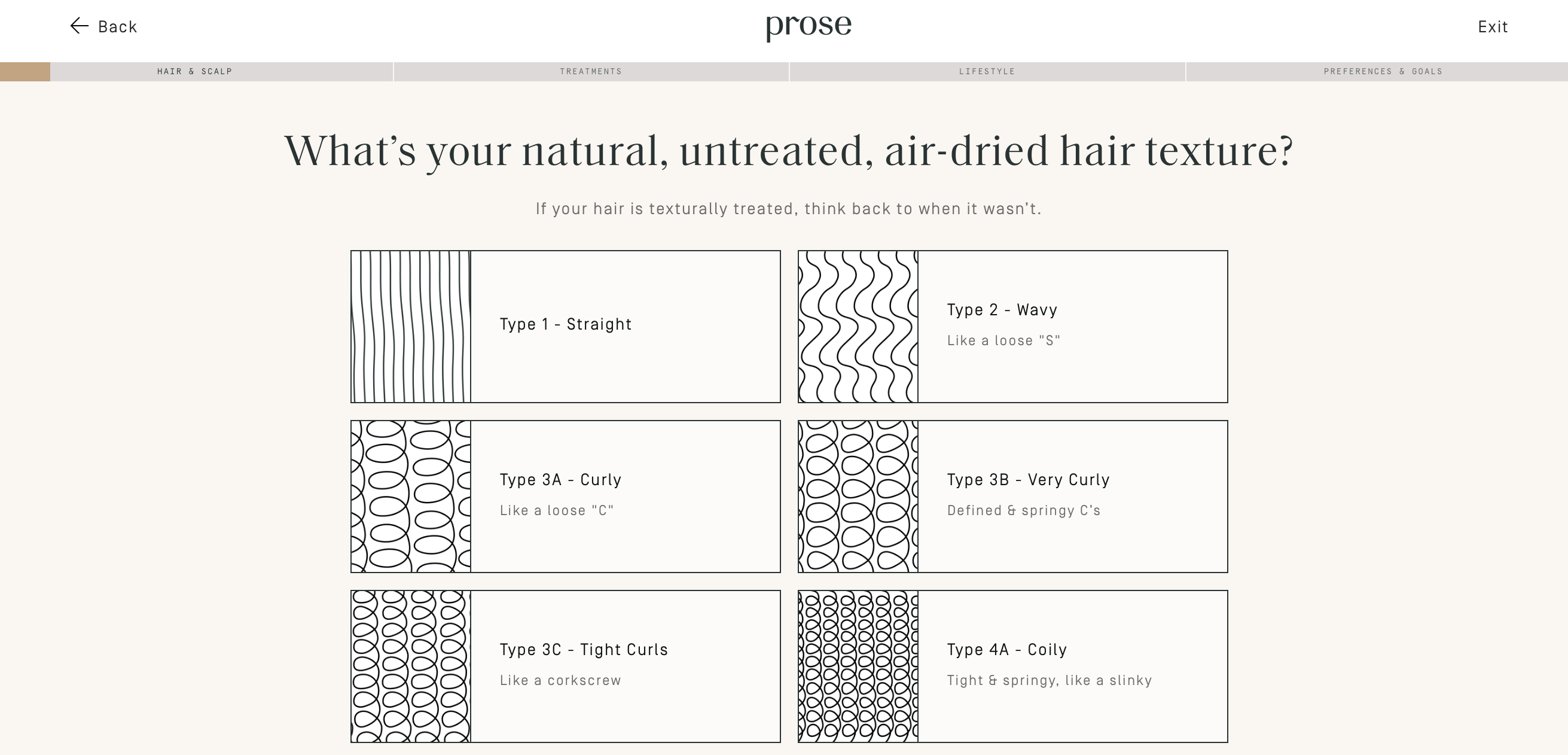Electrify Your B2B Brand with Lessons from D2C
How brands can harness the power of D2C
HelloFresh. Quip. Away. Direct-to-consumer (D2C) companies are all the rage. Not only because they’ve changed the way we buy groceries, toothbrushes, and luggage–but also because consumers love their brands and the brand experiences they create. While we know the B2B space may look different, there are key strategies all brands can learn from D2C to create cohesive, branded customer experiences and boost relevance in today’s competitive landscape.
1. Design an ownable visual and verbal brand identity.
Part of D2C’s magnetic pull is the way they stand apart from their competitors with distinctive, forward-feeling identities–like Casper’s brand, pictured below. Their brand execution is top-notch and seamless across every touchpoint, from the advertising to social channels to packaging that arrives on customers’ doorsteps.

The customer experiences D2C brands create are enviable–but they’re also achievable. Building a unique brand and obsessively following through at every touchpoint is a robust way B2B marketers can make their mark and start to feel as relevant as these newer startups.
2. Emphasize seamlessness throughout the sales cycle.
A boon of D2C is its inherently convenient, speedy sales cycle. It doesn’t get much easier than fast at-home deliveries, automated refills, and fully digital purchasing processes. This stands in stark contrast to B2B, whose complex businesses and high-value offerings tend to necessitate long, often-unwieldy sales cycles. Now that the efficient, digital-first nature of D2C has become the norm, most B2B companies can’t significantly shorten their sales process, but marketing and sales teams can work to shift perceptions.
So, how can B2B teams do that? Sales enablement and marketing teams can make inroads by considering how to simplify, improve, and centralize their customer experience. Mapping the often-complicated customer journey is an excellent place to start. This will reveal moments and touchpoints to address many of the barriers that stand in the way of convenience across your specific audience segments.
Sullivan is currently partnering with a large, global sales organization to do just that. One of our key initiatives is designing a robust digital portal that houses all relevant information that a prospect would need during the sales and onboarding processes and, most importantly, replicates the intuitive and instantaneous experiences that customers crave.
3. Speak to decision makers authentically.
D2C recognizes that Millennial decision makers are here to stay–and D2C marketers have mastered the art of speaking their language. Their products offer the convenience and modernity that the segment demands, while their voice and tone strike the right balance of polished and playful. Check out Daily Harvest’s brand communications and copywriting style below.

With millennials comprising an ever-increasing share of B2B buyers and decision makers (some sources, such as the Harvard Business Review, cite the figure as high as 73%), it’s no secret that B2B should find a way to feel relevant to younger audiences.
Identifying an ownable tone of voice and copy style is a great first step. But, it’s not enough to simply decide to “target” millennials, or start mimicking the casual tone and language that’s popular in the D2C space. These approaches won’t feel authentic to many large, legacy B2B brands, and as a result would likely fall flat.
B2B brands should embark on positioning and messaging exercises to illuminate how current strategies may be failing to resonate with specific segments. From there, organizations should dig deep to uncover specific and meaningful differentiators to play up in their messaging—and work with creative teams and language specialists to bring that to life in a way that drives B2B brand recognition and loyalty.
4. Personalize (and automate) your marketing machine.
Finally, a reliance on aggressive, data-driven digital marketing strategy is core to the D2C business model. Because personalization is a component of many of these companies’ products, they can easily collect the data that then informs a strong communications strategy and efficiently apply it through rigorous marketing automation. B2B marketers would do well to emulate this practice in every way they can.
For example, haircare brand Prose and daily vitamin brand Care/of use quizzes early in the customer journey to be able to provide highly-personalized products for their end users. And the products aren’t the only customized elements—their follow-up emails and upsell-focused advertising are all reflective of the relationship the company has built with their users, and are driven by marketing automation wherever possible.

Personalization and holistic, data-driven communications strategies (enabled by thorough data hygiene) frequently populate B2B marketers’ wishlists and, in 2021, the need for these tools has become even greater. Also, during a presentation by Google at the 2021 ANA B2B Marketing Conference, we learned that “team-sport decision-making” is on the rise this year in the B2B sector, which means there’s an increased need to influence more people on an omnichannel level to convert them. The ability to do so personally, at scale, is instrumental in boosting brand perception and building direct relationships with B2B clients.
The bottom line
While B2B and D2C can seem like vastly different categories, consumers don’t experience marketing in silos. Whether you’re buying refillable razors or signing a long-term contract for a SaaS product–the most strategic marketing experiences will do something that all sectors want: make consumers fall in love through a cohesive, branded customer experience.


